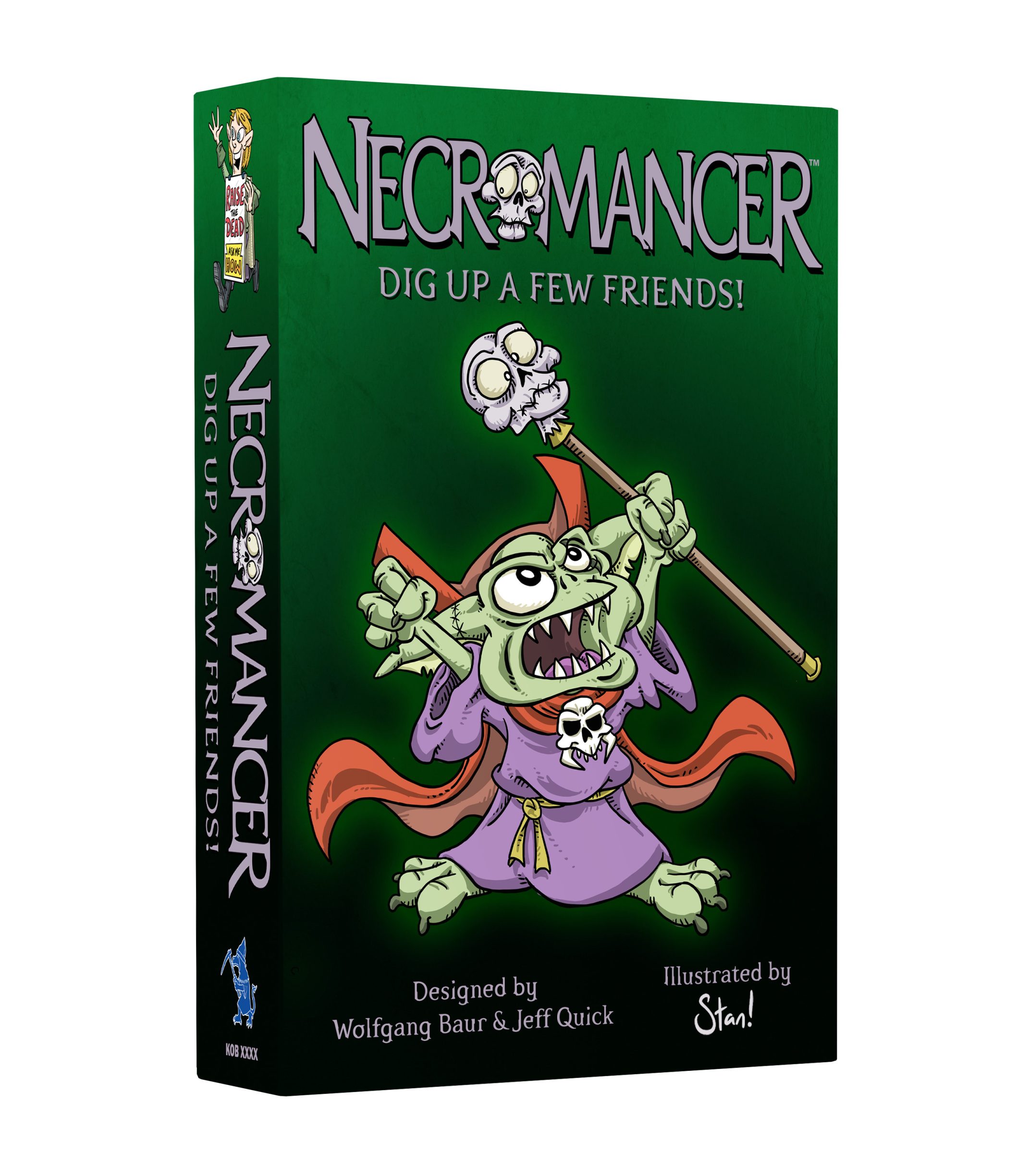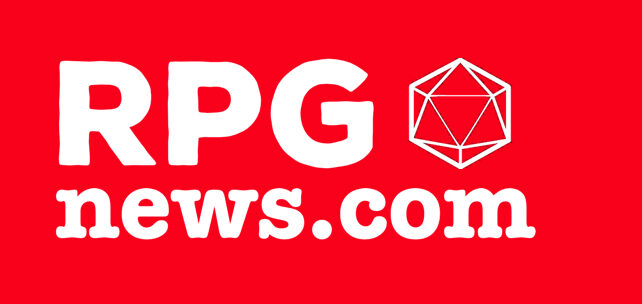Kobold Press CEO and Kobold-in-Chief, Wolfgang Baur, is here to give you some insight on the state of the industry!

We’re living in one of those strange times in the tabletop field when it seems like new game systems arise almost every month. As in just about literally, every month.
Don’t believe me? In just the last couple years, we’ve seen big hits such as Shadowdark and Avatar Legends: the Roleplaying Game, we’ve seen the Tales of the Valiant RPG (the biggest system Kobold has ever delivered!), and the Cosmere RPG. Then there’s a new edition of the Cypher System coming from Monte Cook Games, and the delightful spot of tea that is the RiverBank RPG will be here for the holidays. Not to mention Fantasy AGE 2nd Edition and Cthulhu Awakens from Green Ronin and the kingdom-centric Reign by Greg Stolze which are all flipping wonderful.
That’s not even talking about this year’s darling Daggerheart from Darrington Press and Draw Steel from MCDM, both linked to big streaming brands and making a splash this summer. Heck, even Wizards of the Coast put forward a new edition of their Dungeons & Dragons Monster Manual this spring with the biggest, lushest art you can imagine. It’s a delight for any monster-holic.
WHY? For Pity’s Sake, Standardization Matters
What’s going on? It’s too much, right? Like, I’m professionally looking at systems, art, and layout all the time, seeing what there is and there has NEVER been a time like this in RPGs. It’s literally the most amazing flowering of tabletop I’ve ever seen.
The ‘90s were nice and inventive, the aughts had that d20 boom, and Pathfinder ruled the roost for years with high-quality, monthly releases. This is bigger than those. This is whole new systems dropped casually into the friendly local game stores.
In one way, it makes no sense. Anyone can publish for the market leading RPG: there’s a Creative Commons version of D&D out there. Anyone can publish for the Kobold alternative: there’s a Creative Commons version of the Tales of the Valiant ruleset. Pathfinder and Cypher have other licenses, but none of them are hard.
Instead, the tabletop RPG field is splitting into smaller and smaller groups. Some take away market from Dungeons & Dragons, but most are simply people who prefer indie games, or Daggerheart, or Pathfinder 2E. It’s a clear case of market fragmentation. The audience for RPGs grew huge with the arrival of 5E, streaming, and online play. Now the center cannot hold.
Fragmenting Fandoms
We’re seeing market fragmentation, not along the lines of what is possible, or even along the lines of what might make business sense.
The current business trend to target the Total Addressable Market with the most possible customers might suggest that every publisher should be making D&D supplements. Frankly, we know what that kind of game and audience looks like: we see it in the dominance of Warhammer 40k and Warhammer minis generally. The Games Workshop minis empire is based on the premise that there is only One True Game, that game is Workshop minis, and all others are pretenders.
Instead, what’re we seeing in RPGs is a custom set of game rules for every company and every fandom. If you are a Daggerheart fan, chances are near 100% that you are a Critical Role fan. If you are a Golarion fan, I’ll bet heavily that you play Pathfinder 1E or 2E. If you love Midgard, you’re very likely a 5E or Tales of the Valiant fan.
Game companies are now creating bespoke systems for their fans. It used to be that if you were a Matt Colville fan, you’d watch his videos. Now you can also play Draw Steel. I see this continuing in smaller venues: the Cthulhu Awakens game I mentioned earlier is a modest hit compared to the juggernaut that is Chaosium’s Call of Cthulhu (8th Edition? I’ve lost count). But if you’re a Green Ronin fan, chances are you know Cthulhu Awakens.
Just as Star Trek fandom is split into TOS, TNG, DS9, and more, it now seems that heroic fantasy RPGs (the core Dungeons & Dragons flavor of it) are split among more and more flavors and subgenres.
That is great if you want to dial in a particular style of play. Is it great for publishers, or the health of the hobby? Outlook unclear.
The Obvious Future Direction
That header is a joke; I’m not sure where this market trend is going. Kobold Press used to happily build on top of big, existing platforms. The company published for six different RPG systems before releasing the Tales of the Valiant RPG! Even now, we still check in occasionally about doing a support title for Cypher, Call of Cthulhu, or Pathfinder.
Meanwhile, people do it back for our game. More than 140 titles are available for Black Flag Roleplaying (the 5E-compatible game system underneath ToV) after just twelve months.
What does it mean if the field suddenly has a dozen well-supported RPGs, each with a hundred products? A glorious age of amazing variety? A smaller slice for every publisher? No one dominant system, with lots of happy, small communities orbiting slowly decaying giants?
We’re going to find out. And maybe you can help us with that.
Take our quick poll, and spread it around so other people take it too.
New Gen Games You’re Interested in
Now for something that isn’t a roleplaying game at all!
Play as a maniacal necromancer trying to raise raise an army of undead or sacrifice a squad of minions to the Well of Eternal Life.
If only those OTHER necromancers didn’t keep getting in your way!

Raise the dead or just raise your game with this strategy card game!
Read more at this site
